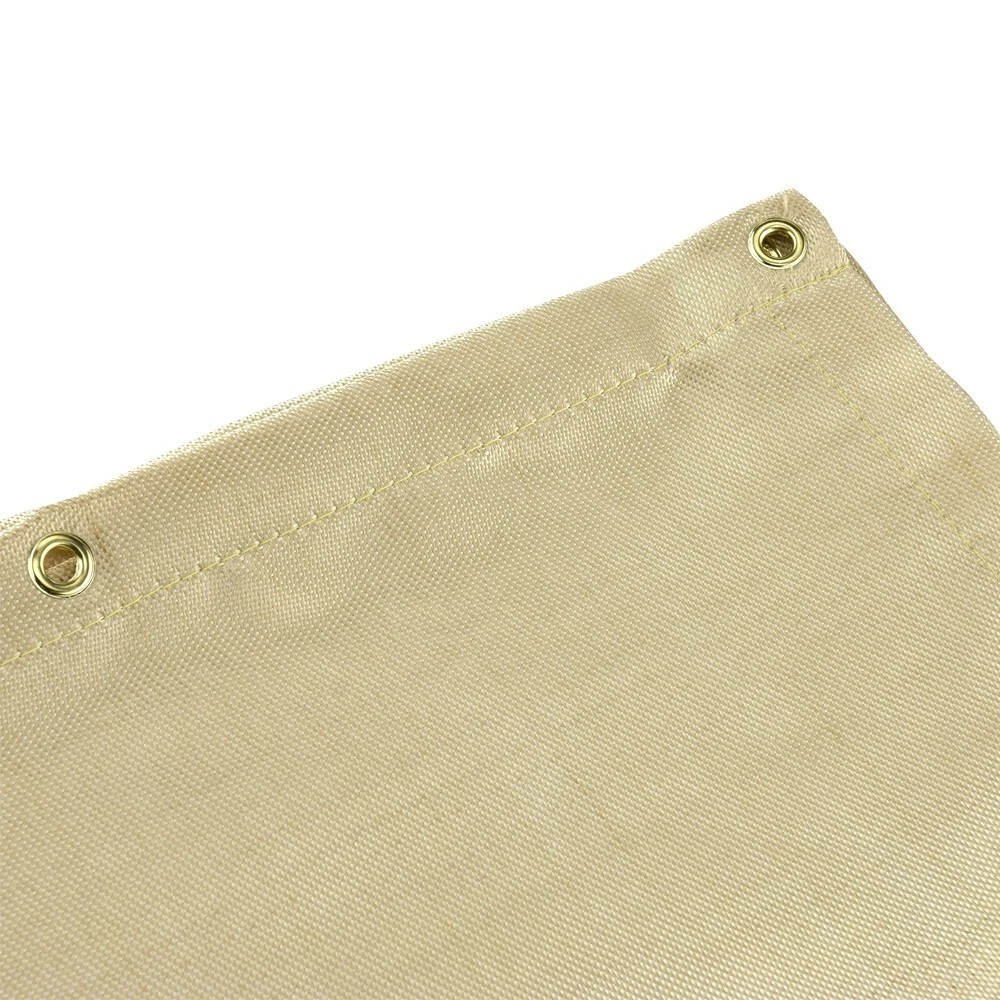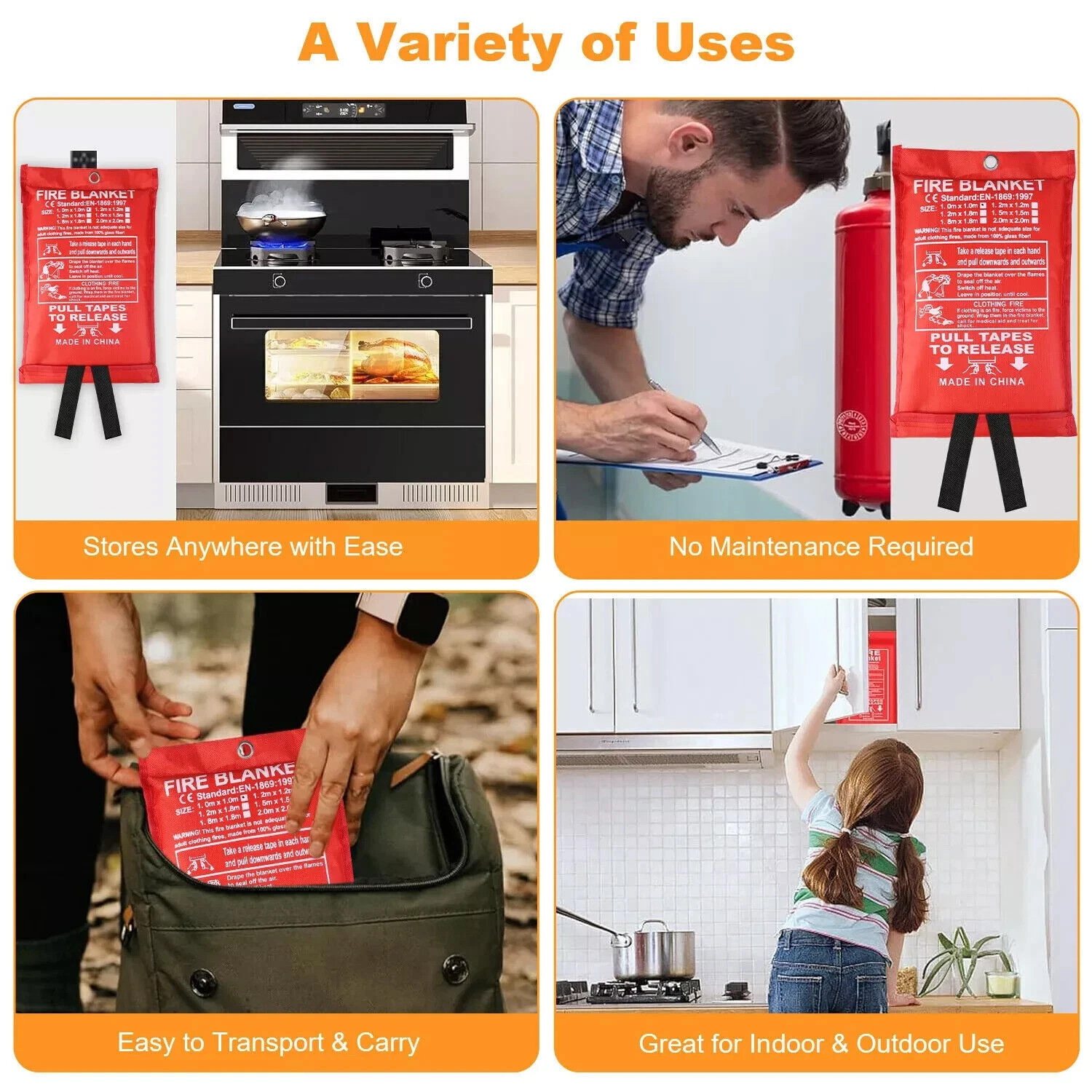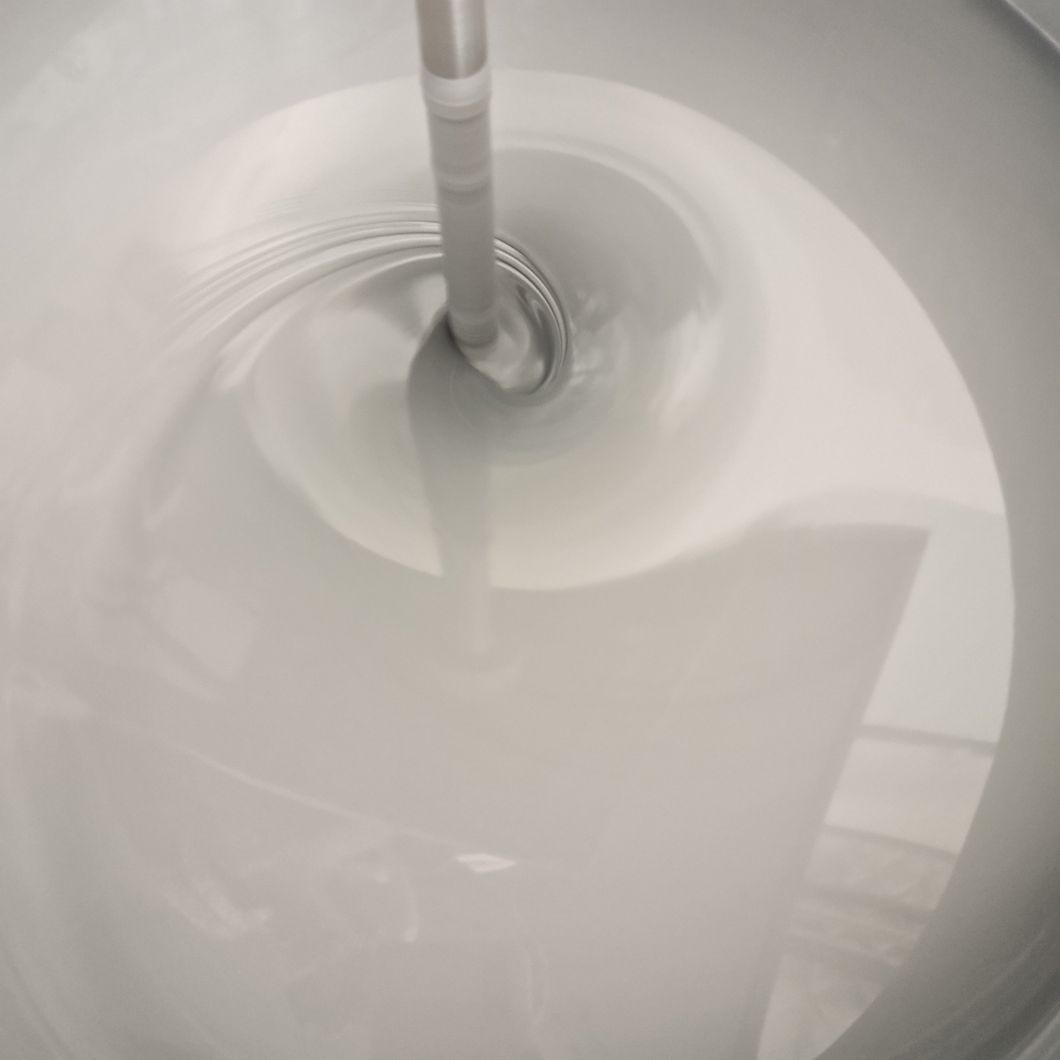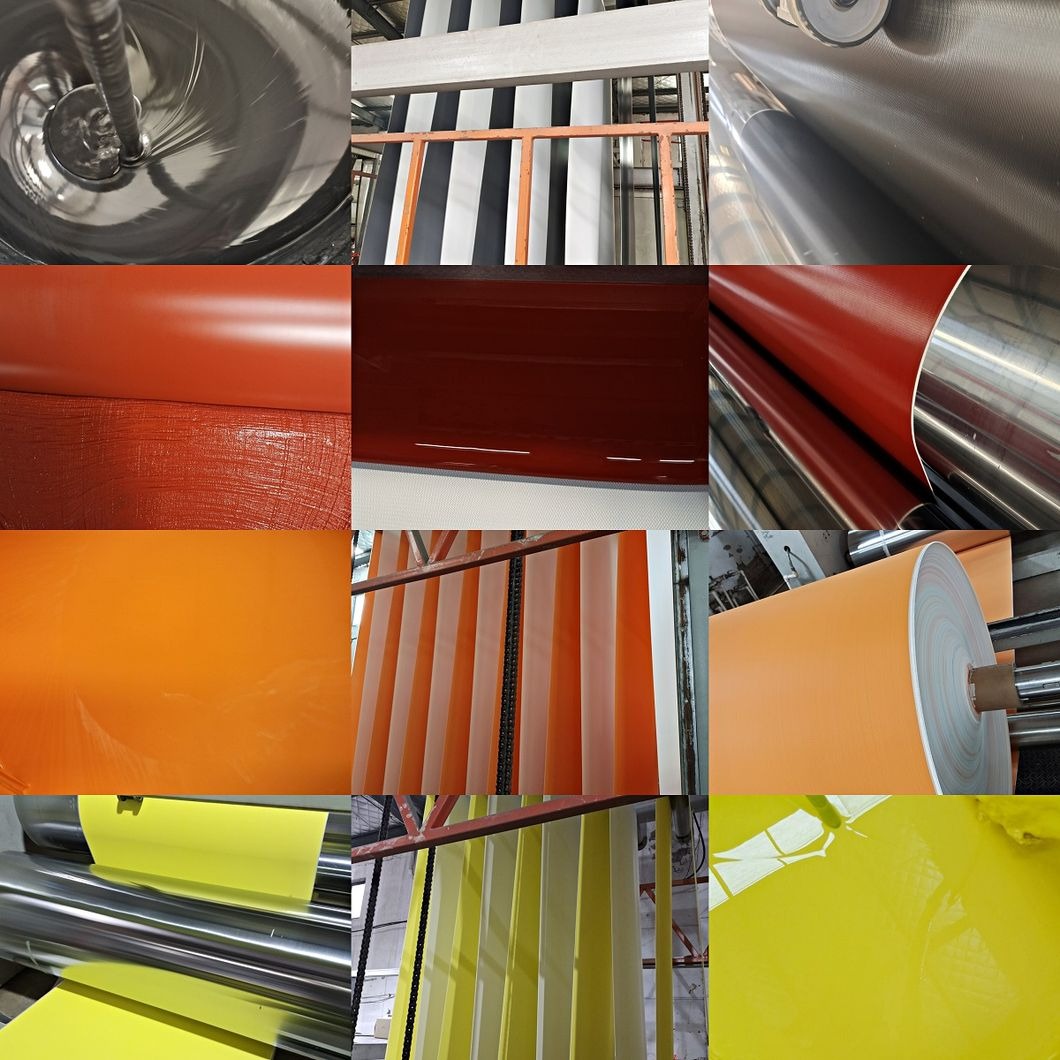How Thermal Blankets for After Welding Protect and Improve Metalwork
Summary:Thermal blankets for after welding help control cooling rates, prevent cracking, and improve weld quality. This guide explains their benefits, types, and proper usage for optimal results in metal fabrication projects.
Why You Need Thermal Blankets After Welding
When you finish welding, the metal needs proper cooling. Thermal blankets for after welding create controlled cooling conditions. They prevent rapid temperature drops that cause stress and cracks in your welds. Without proper cooling, your hard work could develop defects that weaken the structure.
These specialized blankets work by insulating the welded area. They maintain consistent temperatures during the critical post-weld phase. This is especially important for thick materials or high-strength steels that are prone to cracking.
Key Benefits of Using Thermal Blankets
Thermal blankets for after welding offer several advantages:
- Prevent cracking:Slow cooling reduces thermal stress that causes cracks
- Improve strength:Proper cooling enhances metallurgical properties
- Save time:Eliminate the need for repeated repairs
- Reduce distortion:Controlled cooling minimizes warping
- Protect welds:Shield from environmental contaminants during cooling
Types of Thermal Blankets for Welding
Choose the right thermal blanket based on your welding project:
Fiberglass Blankets
These common thermal blankets withstand temperatures up to 1000°F (538°C). They're flexible and work well for most steel welding applications. The fiberglass material provides good insulation while remaining lightweight.
Ceramic Fiber Blankets
For higher temperature needs (up to 2300°F/1260°C), ceramic fiber blankets offer superior performance. They're ideal for stainless steel, nickel alloys, and other high-temperature metals. These maintain their integrity even with repeated use.
Custom-shaped Blankets
Some manufacturers offer thermal blankets pre-formed to specific shapes. These fit perfectly around pipes, joints, or complex geometries. They provide uniform coverage for consistent cooling.
How to Use Thermal Blankets Properly
Follow these steps for best results with your thermal blankets for after welding:
- Let the weld cool slightly to below red-hot temperature (about 900°F/480°C)
- Place the blanket directly over the welded area
- Ensure complete coverage of the heat-affected zone
- Secure the blanket with straps or weights if needed
- Leave in place until the metal reaches safe handling temperature
- Inspect the blanket regularly for wear or damage
Common Mistakes to Avoid
Even with quality thermal blankets, errors can reduce their effectiveness:
- Applying too late:The critical cooling phase begins immediately after welding
- Insufficient coverage:The entire heat-affected zone needs protection
- Using damaged blankets:Tears or thin spots compromise insulation
- Wrong temperature rating:Match the blanket to your welding temperature
- Poor storage:Keep blankets clean and dry when not in use
Maintenance and Care Tips
Proper care extends the life of your thermal blankets for after welding:
- Store flat or rolled, not folded, to prevent creases
- Keep away from moisture and chemicals
- Inspect for damage before each use
- Clean with compressed air - avoid water or solvents
- Replace when fibers become brittle or insulation degrades
When to Consider Professional-grade Blankets
For critical applications, invest in high-performance thermal blankets:
- Pressure vessel fabrication
- Aerospace components
- Nuclear industry work
- High-value fabrication projects
- Extreme temperature applications

These premium blankets offer better temperature consistency and longer service life.
Conclusion
Thermal blankets for after welding are essential tools for professional metalworkers. They ensure your welds cool properly, maintaining structural integrity and preventing defects. By choosing the right blanket and using it correctly, you'll achieve better results and avoid costly rework. Invest in quality thermal protection and see the difference in your finished welds.





